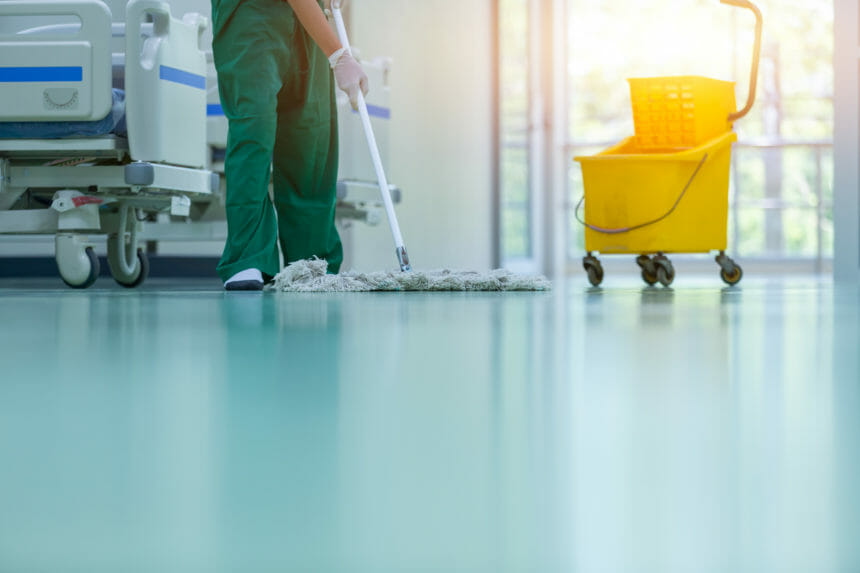
A nursing home accused of not warning employees about a potentially hazardous wet floor where a nurse aide fell and suffered a brain injury said it plans to appeal a verdict awarding the former employee $3.9 million.
An Erie County Court jury reached its decision and final number against Williamsville Suburban Safire Nursing and Rehabilitation Center last week, six years after the injury took place.
Certified nursing assistant Jazmon Morrison said she was with a patient when she slipped on a wet floor, hitting the back of her head on the uncarpeted surface and losing consciousness. She suffered a traumatic brain injury and a bulging disc, according to newspaper reports.
The injury ended Morrison’s ability to work as a CNA, according to her attorney, Peter Kooshoian. He added that Morrison, now 31, “worked for most of her life and provided for her three children, but now is unable to work for the foreseeable future.”
Morrison is still undergoing treatment for her injuries, according to her attorney, and is using a cane to help her walk.
Neither Williamsville nor its attorney, Caitlin Robin, had responded to requests for comment as of production deadline. Robin told the Buffalo News that Williamsville Suburban is in the process of filing a post-trial motion and an appeal.
Morrison’s lawsuit asserted that her injuries were the result of the facility not alerting people about the wet floor.
Kooshoian said that a product used to strip the floor in the neighboring room seeped into the space Morrison was in. Staff had previously complained about fluids flowing underneath the walls to adjoining rooms, he added.
Nationally, CNAs have often been at or near the top of the list for most injuries of any profession in recent years.
CNAs suffered 27,590 nonfatal injury and illness cases requiring days away from work during 2019, the most current available data, according to the Bureau of Labor Statistics.
According to a 2013 report from bureau, CNA injury rates eclipsed those for police, correctional officers, truckers and repair workers.
In terms of injuries per 10,000 full-time employees, nursing assistants and orderlies each suffered musculoskeletal injuries at about triple the rate of construction laborers, according to a 2015 Fierce Health study.




